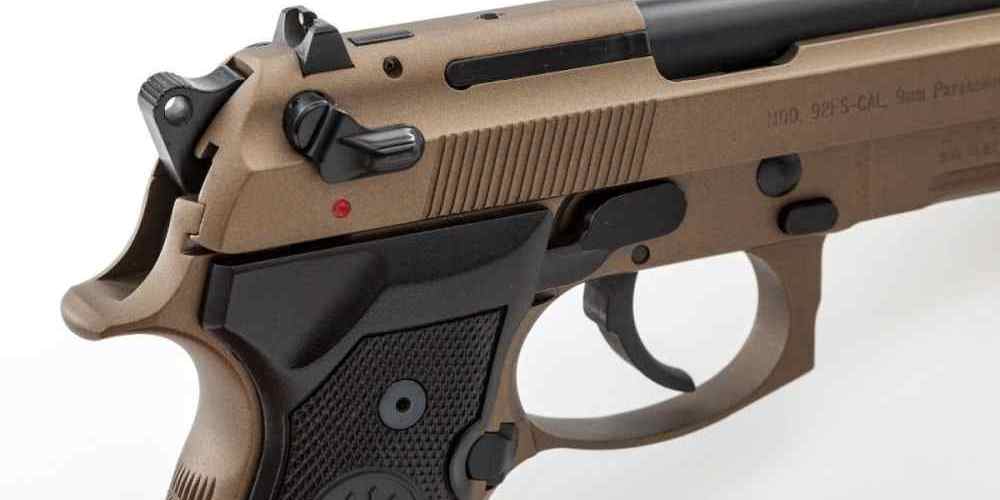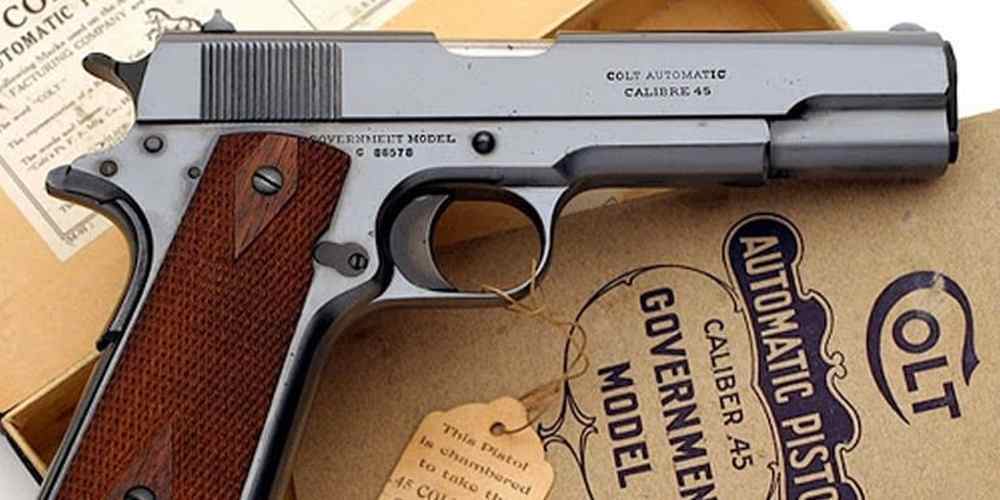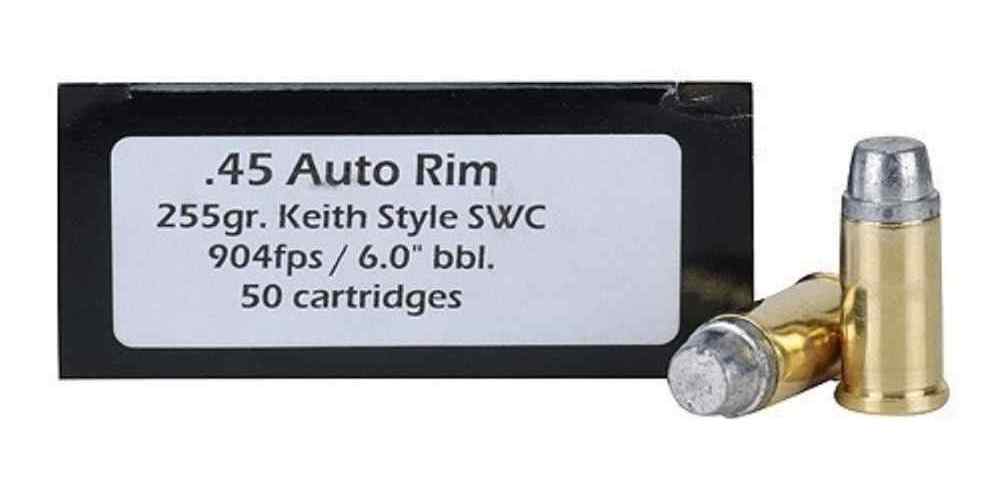“Keep your firearm running smoothly with semi-auto ammunition: The importance of proper feeding.”
Benefits of Using High-Quality Magazines
When it comes to semi-automatic firearms, proper feeding of ammunition is crucial for reliable and efficient operation. One key component that plays a significant role in this process is the magazine. High-quality magazines are essential for ensuring that your firearm functions smoothly and consistently. In this article, we will discuss the benefits of using high-quality magazines and why they are worth the investment.
First and foremost, high-quality magazines are designed to feed ammunition into the firearm without any issues. They are constructed with precision and attention to detail, ensuring that each round is properly aligned and fed into the chamber. This is important because any misalignment or jamming can result in malfunctions and potentially dangerous situations. By using a high-quality magazine, you can trust that your firearm will function as intended every time you pull the trigger.
Another benefit of using high-quality magazines is their durability and longevity. Cheap, low-quality magazines are prone to wear and tear, which can lead to feeding issues and malfunctions over time. On the other hand, high-quality magazines are built to withstand the rigors of regular use and are less likely to fail when you need them most. Investing in a reliable magazine can save you time and money in the long run by reducing the need for frequent replacements.
In addition to reliability and durability, high-quality magazines also offer improved performance. They are designed to provide smooth and consistent feeding of ammunition, which can result in better accuracy and faster follow-up shots. When every round is fed into the chamber correctly, you can focus on your shooting technique without worrying about potential malfunctions. This can lead to a more enjoyable shooting experience and better results on the range or in competition.
Furthermore, high-quality magazines are often easier to maintain and clean. They are typically made from high-grade materials that are resistant to corrosion and fouling, making them easier to keep in good working condition. Regular maintenance and cleaning of your magazines can help prevent feeding issues and ensure that your firearm functions reliably. By investing in a quality magazine, you can extend the lifespan of your firearm and enjoy consistent performance for years to come.
Overall, the importance of proper feeding cannot be overstated when it comes to semi-automatic firearms. High-quality magazines play a crucial role in this process by ensuring that ammunition is fed into the chamber smoothly and consistently. By investing in a reliable magazine, you can enjoy improved reliability, durability, performance, and ease of maintenance. Whether you are a recreational shooter, a competitive marksman, or a law enforcement officer, using high-quality magazines is essential for getting the most out of your firearm. So next time you are shopping for magazines, remember that quality matters and choose a magazine that will feed your ammunition properly every time.
Common Feeding Issues and How to Troubleshoot Them
When it comes to semi-automatic firearms, proper ammunition feeding is crucial for reliable and consistent performance. Whether you are using a pistol, rifle, or shotgun, understanding common feeding issues and how to troubleshoot them can help you avoid malfunctions and ensure a smooth shooting experience.
One of the most common feeding issues with semi-automatic firearms is failure to feed. This occurs when the next round in the magazine fails to enter the chamber properly, causing a stoppage. There are several potential causes for this issue, including improper magazine seating, dirty or damaged magazines, or weak magazine springs. To troubleshoot this problem, start by checking the magazine to ensure it is properly seated and free of debris. If the magazine appears to be in good condition, try using a different magazine to see if the issue persists. If the problem continues, it may be necessary to replace the magazine spring or seek professional assistance.

Another common feeding issue is failure to eject, also known as a stovepipe. This occurs when the spent casing fails to eject from the firearm, causing a stoppage. Stovepipes can be caused by a variety of factors, including weak or damaged extractor springs, dirty or damaged ejectors, or improper lubrication. To troubleshoot this issue, start by checking the extractor and ejector for any signs of wear or damage. If necessary, clean and lubricate these components to ensure smooth operation. If the problem persists, it may be necessary to replace the extractor spring or seek professional assistance.
Misfeeds are another common feeding issue that can occur with semi-automatic firearms. This occurs when the next round in the magazine fails to feed properly, causing a stoppage. Misfeeds can be caused by a variety of factors, including improper ammunition selection, dirty or damaged magazines, or weak magazine springs. To troubleshoot this issue, start by checking the ammunition to ensure it is the correct caliber and type for your firearm. If the ammunition appears to be correct, check the magazine for any signs of damage or debris. If necessary, clean the magazine and replace the magazine spring to ensure proper feeding.
In conclusion, proper ammunition feeding is essential for reliable and consistent performance with semi-automatic firearms. By understanding common feeding issues and how to troubleshoot them, you can avoid malfunctions and ensure a smooth shooting experience. Remember to always follow proper maintenance procedures and seek professional assistance if needed. With the right knowledge and attention to detail, you can enjoy trouble-free shooting with your semi-automatic firearm.
The Role of Recoil Springs in Ensuring Proper Feeding
When it comes to semi-automatic firearms, proper feeding of ammunition is crucial for reliable and safe operation. One key component that plays a significant role in ensuring proper feeding is the recoil spring. Recoil springs are an essential part of the firearm’s mechanism, as they help absorb and manage the recoil generated by firing a round. In addition to managing recoil, recoil springs also play a critical role in controlling the slide’s movement, which is essential for feeding ammunition into the chamber.
The recoil spring’s primary function is to absorb the energy generated by the firing of a round and then use that energy to cycle the slide, eject the spent casing, and chamber a new round. If the recoil spring is not functioning correctly, it can lead to a variety of feeding issues, such as failure to feed, failure to eject, and stovepipes. These issues can not only be frustrating for the shooter but can also pose a safety hazard.
To ensure proper feeding of ammunition, it is essential to regularly inspect and maintain the recoil spring. Over time, recoil springs can become worn out or lose their tension, which can affect their ability to cycle the slide properly. It is recommended to replace recoil springs periodically, depending on the manufacturer’s guidelines or after a certain number of rounds fired.
Another factor that can impact the recoil spring’s performance is the type of ammunition being used. Different types of ammunition can generate varying levels of recoil, which can affect how the recoil spring functions. It is essential to use ammunition that is within the firearm’s recommended specifications to ensure proper feeding and reliable operation.
In addition to regular maintenance and using the correct ammunition, it is also crucial to ensure that the recoil spring is properly installed. Improper installation can lead to malfunctions and feeding issues. If you are unsure about how to install a recoil spring correctly, it is best to consult a professional gunsmith or refer to the firearm’s manual for guidance.
Properly maintaining and replacing recoil springs can help ensure that your semi-automatic firearm functions reliably and safely. By taking the time to inspect and care for this critical component, you can help prevent feeding issues and malfunctions that can impact your shooting experience.
In conclusion, the recoil spring plays a vital role in ensuring proper feeding of ammunition in semi-automatic firearms. By regularly inspecting and maintaining the recoil spring, using the correct ammunition, and ensuring proper installation, you can help prevent feeding issues and malfunctions. Taking the time to care for this essential component can help ensure that your firearm functions reliably and safely.
Comparison of Different Types of Semi-Auto Ammunition for Feeding Reliability
When it comes to semi-automatic firearms, one of the most critical factors for reliable performance is the ammunition used. Proper feeding of ammunition is essential for ensuring that your firearm functions correctly and consistently. In this article, we will discuss the importance of proper feeding in semi-auto firearms and compare different types of ammunition for feeding reliability.
One of the key considerations when selecting ammunition for a semi-automatic firearm is the shape and design of the cartridge. Some cartridges are more prone to feeding issues than others, depending on factors such as the shape of the bullet, the overall length of the cartridge, and the type of casing used. For example, cartridges with a tapered case design may be more likely to cause feeding problems in certain firearms.
Another important factor to consider is the overall quality of the ammunition. Cheaper, lower-quality ammunition may have inconsistencies in the manufacturing process that can lead to feeding issues. It is essential to use high-quality, reliable ammunition from reputable manufacturers to ensure proper feeding and reliable performance.
In addition to the shape and quality of the ammunition, the type of bullet used can also impact feeding reliability. Hollow-point bullets, for example, may be more prone to feeding issues than full metal jacket bullets due to their shape and design. It is essential to consider the type of bullet when selecting ammunition for your semi-automatic firearm to ensure proper feeding and reliable performance.
When comparing different types of semi-auto ammunition for feeding reliability, it is essential to consider factors such as the shape and design of the cartridge, the overall quality of the ammunition, and the type of bullet used. By selecting high-quality, reliable ammunition from reputable manufacturers and paying attention to the shape and design of the cartridge and the type of bullet, you can ensure proper feeding and reliable performance in your semi-automatic firearm.
In conclusion, proper feeding of ammunition is crucial for ensuring that your semi-automatic firearm functions correctly and consistently. By selecting high-quality, reliable ammunition from reputable manufacturers and paying attention to factors such as the shape and design of the cartridge and the type of bullet used, you can minimize feeding issues and ensure reliable performance in your firearm. Remember, the key to proper feeding in semi-auto firearms is attention to detail and a commitment to using high-quality ammunition.
Importance of Regular Cleaning and Maintenance for Consistent Feeding Performance
When it comes to semi-automatic firearms, proper feeding of ammunition is crucial for reliable and consistent performance. Whether you are using a handgun, rifle, or shotgun, ensuring that your firearm is properly maintained and cleaned is essential for preventing malfunctions and jams. In this article, we will discuss the importance of regular cleaning and maintenance for consistent feeding performance in semi-automatic firearms.
One of the most common causes of feeding issues in semi-automatic firearms is dirt, debris, and fouling that can build up over time. When these contaminants accumulate in the chamber, magazine, or feeding mechanism, they can interfere with the smooth operation of the firearm, causing misfeeds, failures to eject, and other malfunctions. Regular cleaning and maintenance are essential for removing these contaminants and ensuring that your firearm functions properly.
To maintain consistent feeding performance, it is important to clean your firearm regularly using the appropriate tools and techniques. Start by disassembling your firearm according to the manufacturer’s instructions and removing the barrel, slide, magazine, and other components. Use a cleaning rod, patches, and solvent to clean the barrel and chamber, removing any fouling or residue that may be present.
Next, clean the slide, frame, and other components of the firearm, paying special attention to the feeding mechanism and magazine. Use a brush, solvent, and lubricant to remove dirt, debris, and fouling from these areas, ensuring that they are clean and free of obstructions. Inspect the magazine for any signs of wear or damage, and replace it if necessary to prevent feeding issues.
After cleaning your firearm, lubricate the moving parts with a high-quality gun oil or grease to ensure smooth operation and prevent excessive wear. Pay special attention to the slide rails, barrel hood, and other areas that experience friction during firing. Proper lubrication will help reduce the risk of malfunctions and ensure consistent feeding performance in your semi-automatic firearm.
In addition to regular cleaning and maintenance, it is important to inspect your ammunition for signs of damage or defects that could affect feeding performance. Check each round for dents, cracks, or other abnormalities that could cause malfunctions in your firearm. Use only high-quality, factory-made ammunition that is compatible with your firearm to prevent feeding issues and ensure reliable performance.
Finally, practice proper shooting techniques and follow the manufacturer’s recommendations for loading and unloading your firearm to prevent feeding issues. Avoid limp-wristing, overloading the magazine, or using improper ammunition that could cause malfunctions in your firearm. By following these tips and maintaining your firearm regularly, you can ensure consistent feeding performance and reliable operation in your semi-automatic firearm.
In conclusion, proper cleaning and maintenance are essential for consistent feeding performance in semi-automatic firearms. By regularly cleaning your firearm, inspecting your ammunition, and practicing proper shooting techniques, you can prevent malfunctions and jams that could affect your firearm’s reliability. Remember to follow the manufacturer’s recommendations and use high-quality ammunition to ensure that your firearm functions properly every time you pull the trigger.





